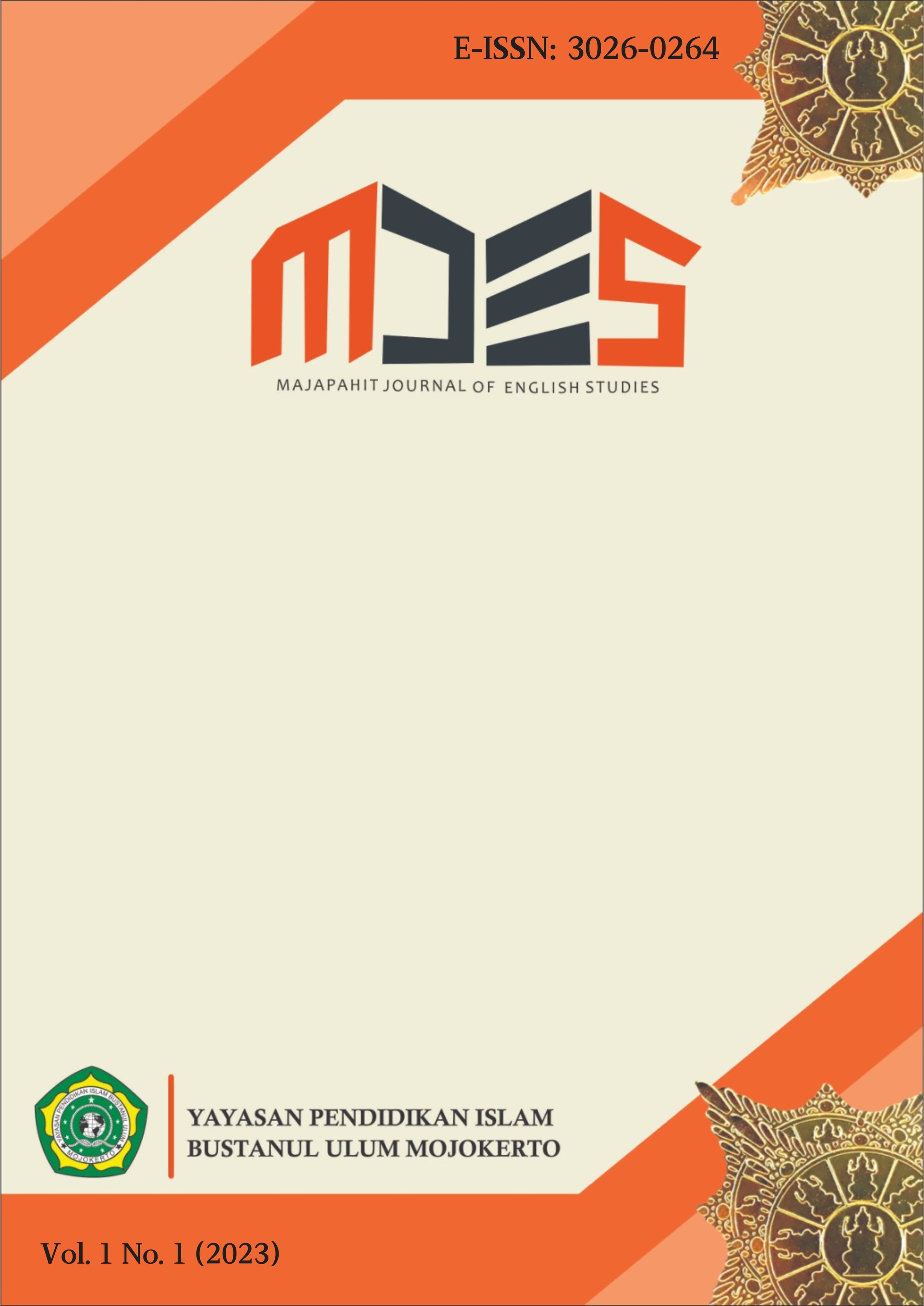Instructional Design for Students with Visual Impairments in English Learning
DOI:
https://doi.org/10.69965/mjes.v1i1.8Keywords:
Instructional Design, Visual Impairments, English LearningAbstract
Mastering English has become an essential ability for students in higher education, particularly at the university level. As a result of this, every university offers an English program for students in the faculty or language center. However, not every learner, such as those with visual impairments, can learn English quickly. Students with visual impairment are students who have a visual disability, such as low vision or blindness. Students with visual impairments require a particular approach to English learning. This situation pushes lecturers to modify specific instructional designs in order to promote classroom activities. Students’ characteristics, learning objectives, technique, and assessment are four crucial components to consider when building instructional design for students with visual impairment. The design should be modified to accommodate their full inclusion in the classroom. It is predicted that by providing instructional design for students with visual impairments, they will be able to comprehend the material and boost their motivation to learn English. The purpose of this paper was to better understand acceptable instructional design for students with visual impairment. This paper also includes case studies from an Inclusion English Class at a university level, where students with visual impairment and sighted students study together. By examining this subject, it is expected that every lecture recognizes the basic features of students with visual impairment and selects the appropriate instructional design to accommodate all of the students’ characteristics. Instructional design, vision impairment, and English learning are some of the terms used in this study.
Downloads
Downloads
Published
How to Cite
Issue
Section
License
Copyright (c) 2023 Norita Prasetya Wardhani

This work is licensed under a Creative Commons Attribution-ShareAlike 4.0 International License.






